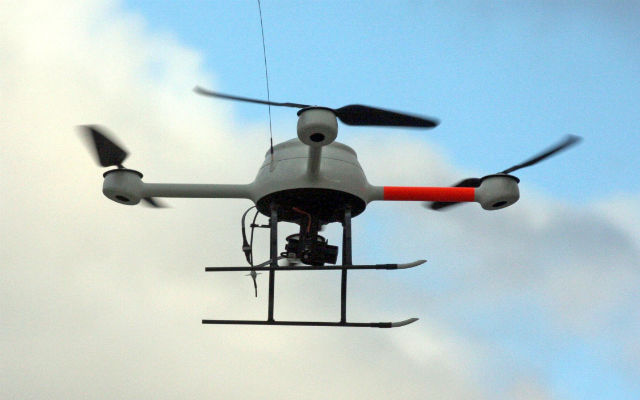A Department for Transport (DfT)-led team is about to launch a series of public dialogues that will help inform the government on how the British population views the operation of civil and military unmanned air vehicles (UAVs) in UK airspace.
In March 2015, the DfT committed at a Lords Select Committee to hold a public dialogue and consultation on the use of UAVs in the UK, which it said would help inform a planned policy document on how to introduce them into operations in the future.
It has brought together an oversight group of interested parties to shape public engagement in how the UK is using this technology. Despite the government wishing to encourage the integration of a technology that it considers to be a growth area, it is aware that the public has mixed opinions on its use, specifically when it comes to safety, security, privacy and data-protection.
TNS BMRB has been contracted to run the discussions, which will start at the end of November in five locations across the nation.
Information will be offered on how UAVs are and can be used – excluding the UK military’s use of such systems in overseas operations – to help members of the public offer their thoughts on how they are viewed.
The activity is part-funded by the Defence Science and Technology Laboratory and the government’s business division, and a report is expected to be issued at the end of the dialogue period. Parties involved include the Ministry of Defence, the Civil Aviation Authority, the British Airline Pilots Association, Big Brother Watch and a number of universities.

Rex Shutterstock
This all comes under a wider DfT initiative to push ahead with its integration of UAVs into routine operations, which it has claimed is lagging behind at the European and international level.
This month (October 2015), Paul Cremin, head of UK aviation operational safety and emerging technologies at the DfT, told the Royal Aeronautical Society that there is a need to be more proactive in this area, but that if the public is not behind the introduction of UAVs, then the market will be challenged.
The European Aviation Safety Agency and ICAO are both looking at higher-level integration of UAVs, with the former in particular looking at introducing a new proportionate ruling for UAVs in 2016. However, Cremin says that the UK is striving to get ahead with the integration that it believes is sluggish in being incorporated into everyday use.
Cremin says the government is also considering the possible development of low tracking/air-traffic management systems for UAVs, as well as the creation of a UK register or a licensing requirement for their use. Under the UK’s cross-government working group, a programme office for UAVs is also expected to be established.
“We are not going alone,” Cremin says. “We’re accelerating the pace, and if EASA and ICAO can keep up, then that’s great, but we [the UK] are upping the pace.”
Source: FlightGlobal.com













































